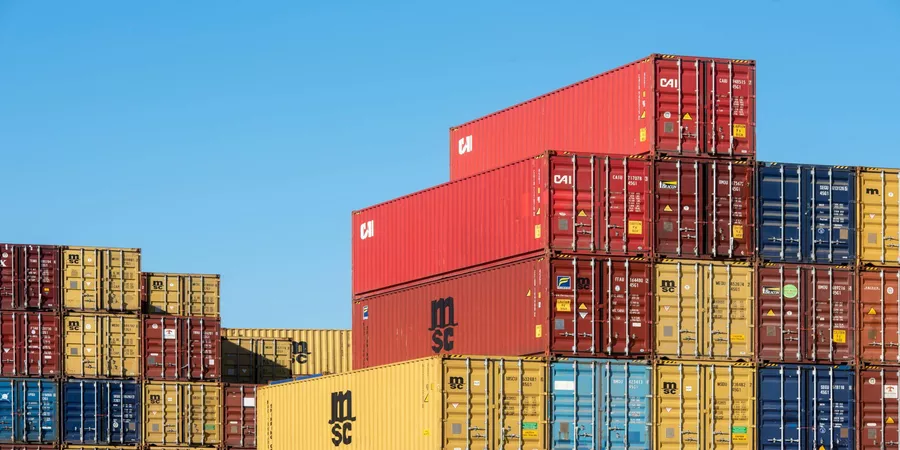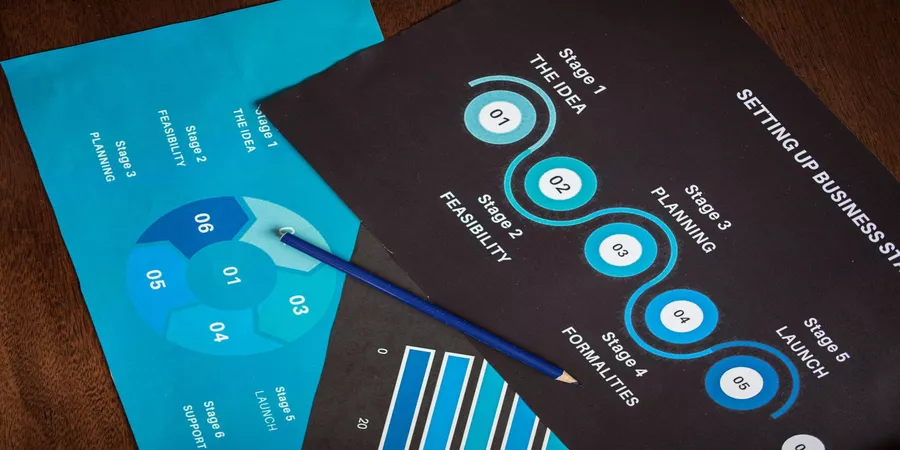What’s the first thing most companies do when a sudden market shift hits? Panic a little, probably. Then they scramble. Phone calls fly, budgets freeze, and half-baked plans come off the shelf. Whether it’s a tech glitch, a supply chain snag, or an unexpected headline, shifts don’t wait for board meetings. They arrive fast and hit hard.
But here’s the thing: reacting well isn’t the same as being ready. And in business, readiness can make or break survival. The question isn’t whether markets will shift. It’s how your team will handle it when they do.
In this blog, we will share the key traits that define truly adaptable businesses, how leaders build systems that bend instead of break, and why agility is no longer optional in today’s unpredictable economy.
Planning for Uncertainty, Not Just Growth
Here’s where business education becomes critical. Many companies train leaders to manage growth—hiring talent, scaling operations, boosting revenue. But fewer spend time building muscle for when growth reverses. How do you lead when sales dip? What happens when your usual supplier goes under? Do you have a second option, or just a spreadsheet?
This is why the smartest leaders today are turning to accelerated MBA programs. These programs offer more than just fast-tracked degrees. They train professionals to think across disciplines, connect financial models with real-world risks, and lead with strategy in the face of volatility. In a fast-moving market, waiting years for a traditional degree doesn’t always match the urgency leaders feel. Speed matters. But so does relevance.
A good program will sharpen your ability to make decisions under pressure, align operations with shifting demands, and avoid reaction-based mistakes. It’s not about being perfect. It’s about being prepared to act with clarity when chaos hits.
The Illusion of Stability
Business plans love neat predictions. Quarterly goals. Five-year forecasts. Pie charts that assume tomorrow will look a lot like today. And for a long time, that kind of thinking worked—sort of. But recent years have thrown curveballs at nearly every industry. From retail to logistics to healthcare, disruption became the new baseline.
What many leaders realized too late is that stable isn’t the same as strong. A company can look perfectly fine on paper and still fall apart under pressure. That’s because stability built on habits isn’t the same as resilience built on preparation. One relies on routine. The other anticipates the unpredictable.
Imagine a mid-sized company that’s been thriving for years. Solid customer base, loyal staff, smooth supply chain. Then overnight, demand dries up. A competitor launches a product that solves the same problem faster and cheaper. Suddenly, yesterday’s success becomes today’s liability. Teams scramble, systems clog, and leadership gets quiet. Not because they weren’t good at their jobs, but because they weren’t prepared to pivot.
Agility Isn’t Optional Anymore
Let’s talk about agility—not the buzzword version, but the practical kind. In business, agility means more than just moving fast. It means knowing when to shift direction and having the tools and confidence to do it without blowing everything up.
A resilient business might reroute its logistics overnight because weather shut down a key hub. Or switch vendors on short notice due to political unrest. Or adjust pricing after a sudden drop in raw materials. These decisions aren’t improvised. They’re practiced. They’re backed by cross-trained teams, flexible systems, and leaders who don’t freeze when the playbook stops working.
Picture a team that holds regular drills. Not just fire drills, but business drills. What if sales drop 40% next month? What if a product fails in the market? What if your best-performing region suddenly loses access to key tools or data? The goal isn’t to predict the specific crisis. It’s to build a team that doesn’t need to.
Culture Is Half the Battle
All the systems in the world won’t help if your team doesn’t feel safe to act. A company’s culture is its first responder. Do people wait for permission or step in with solutions? Are ideas welcomed or crushed under bureaucracy? In a crisis, culture shows.
A rigid company will lose precious time debating who’s in charge. An adaptable one will already have clear lanes and room for initiative. That starts long before the emergency. Teams need to be coached not just on job roles but on how to think, communicate, and trust.
Leadership can foster that kind of culture with honest postmortems after mistakes, transparent goals, and daily habits that encourage cross-functional collaboration. You don’t need a massive budget to build this. You need consistency, clarity, and the willingness to let your people stretch their skills before a crisis forces them to.
Build Systems That Can Pivot
Modern businesses run on systems. The trouble is, those systems often get so optimized for “normal” that they fall apart when “normal” disappears.
A better strategy is to design flexibility into your core operations. That might mean using vendors in multiple regions instead of one. Or keeping customer service scripts loose enough for reps to adapt during outages or policy changes. It might look like regular training in alternative tools or having redundant workflows for key processes.
The companies that survive sudden shifts aren’t necessarily the biggest or the richest. They’re the ones with backup plans, flexible tools, and employees trained to think, not just follow.
Readiness Is a Daily Discipline
Too often, businesses treat readiness like a one-time task. Create a binder. Check the box. Move on. But real preparedness isn’t a static plan. It’s a way of operating.
That could mean monthly check-ins where team leads flag potential risks. It could be investing in tech that gives real-time alerts about shifts in supply, demand, or regulation. It could simply be asking, every quarter, “What changed this year that we didn’t plan for?”
Being ready is a habit. The companies that build it in don’t have to scramble when something breaks. They’ve already rehearsed the fix.
The Competitive Advantage Few Talk About
Here’s the irony: while many businesses chase innovation and disruption, the most sustainable edge may come from old-fashioned preparation. In markets where things shift by the hour, the winners won’t just be the most creative. They’ll be the most ready.
A company that trains for uncertainty, encourages initiative, and updates its processes regularly doesn’t just survive change. It gets better at using it. And in a world where change is constant, that’s not just smart. It’s essential.









